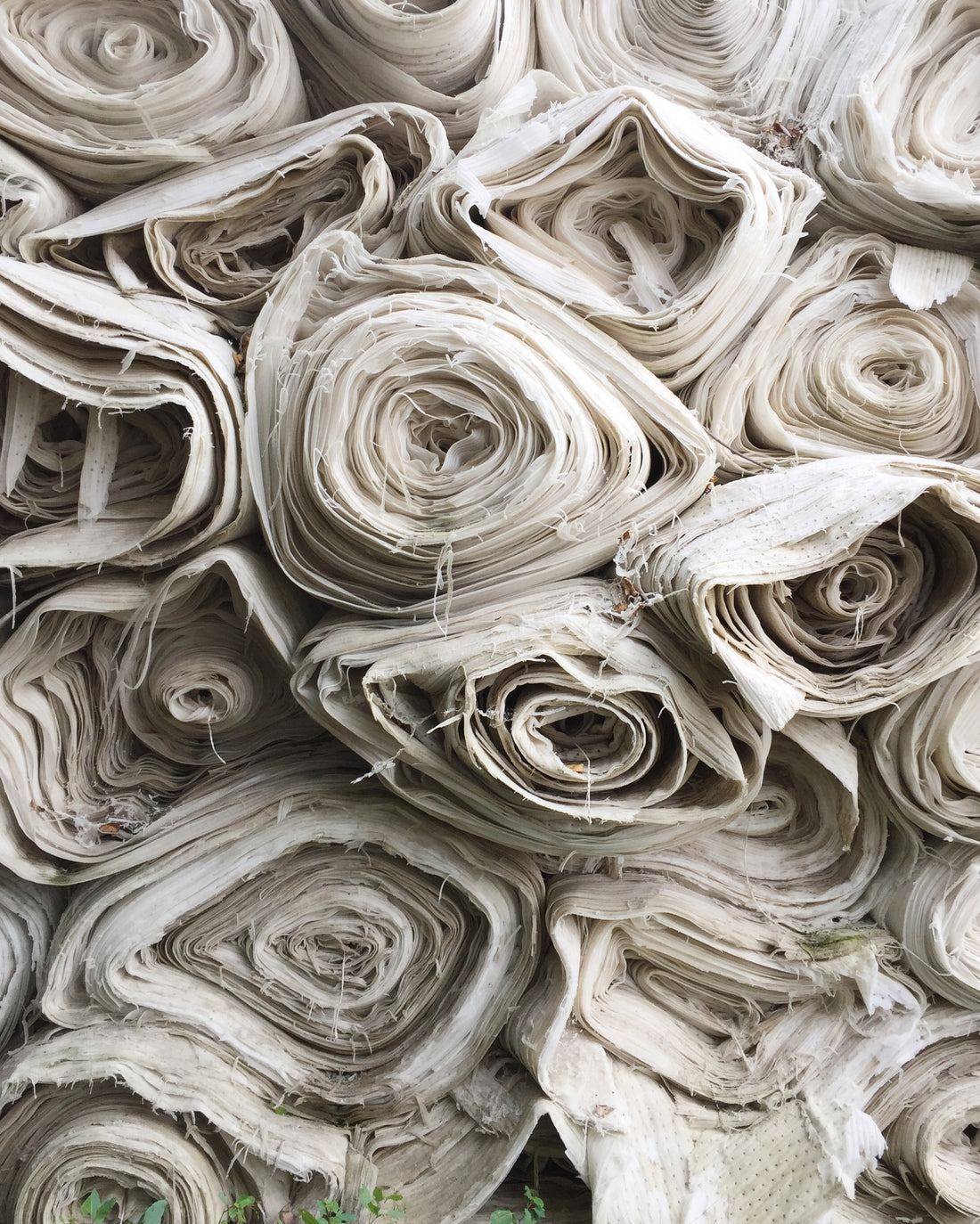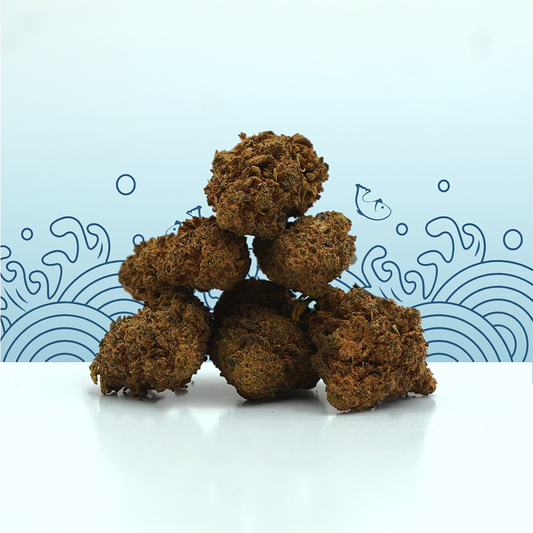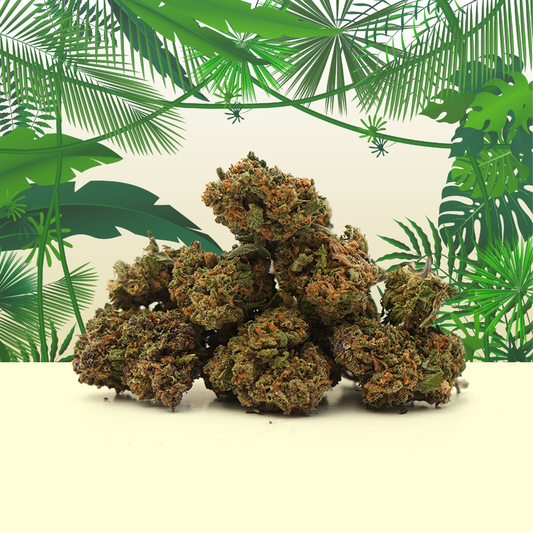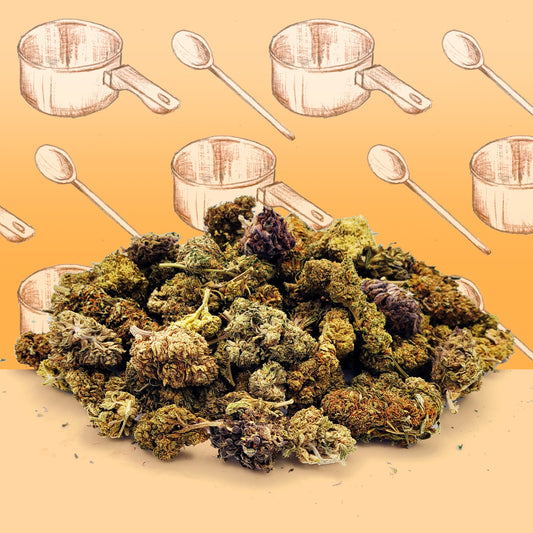CBD hemp is a plant of the Cannabaceae family, used both for its stalk, which is used to make textile fibers, and for its seeds (hempseed), which are used to make oils.
CBD hemp, a naturally thermal plant, is undoubtedly one of today's best insulating materials and one of the most environmentally-friendly. Indeed, CBD hemp has all the qualities required to guarantee optimum insulation all year round.
Cultivated for over 2,000 years, CBD hemp has the advantage of rapid growth, requiring no fertilizers or special treatments.
It is the ecological plant par excellence, especially as it assimilates CO² very well. What's more, it's a plant from which chenvotte and filasse (wool) are extracted, two components that make it possible to design healthy, long-lasting insulation.
Renowned for its ecological virtues, recyclable CBD hemp fiber has many assets. In addition to its ability to regulate humidity (it absorbs excess moisture and releases it when the atmosphere is too dry), it offers excellent thermal, sound and acoustic insulation performance.
What's more, it's a healthy product, free of chemical substances and therefore very low in allergens.
Last but not least, CBD hemp fiber absorbs more carbon dioxide than any other type of fiber, and is remarkably long-lasting insofar as it's rot-proof, repels pests and resists parasites. Combined with lime, this insulation is also perfect against rodents and dust mites.

How CBD hemp wool is made
CBD hemp has a wide range of applications: in textiles, construction, cosmetics, insulation, oils, rope, paper, food, pets, etc.
This plant, which contains CBD, CBG and THC among other substances, is cultivated all over Europe and has the advantage of growing easily and quickly, without draining the soil.
Cutting a CBD hemp stalk reveals two interlocking tubes. It is the outer sheath that is made up of the bundles we call "hemp fibre".
CBD hemp is mown in early September, at the end of summer, and left to dry in the field. As soon as the moisture content reaches around 15%, the CBD hemp is compacted into bales for storage. These "bales" are then cut into 30 cm-thick slices, and the resulting straw is defibered.
At the end of this process, the chenvotte is separated from the fibers. At this stage, the fibers obtained still contain 20% chenevotte. This material is used in the paper industry.
Mechanical cleaning produces so-called "technical" fibers, containing only 5% chenvotte, for use in the thermal insulation wool industry.




![Banana Cream CBG 🍌 [Greenhouse]](http://mamakana.com/cdn/shop/files/banana.jpg?v=1683038126&width=533)
![Bubba Kush CBD 🫧 [Greenhouse]](http://mamakana.com/cdn/shop/files/Bubba_fond_4b55b9bd-2083-406f-8843-1229994bb3ec.png?v=1738679473&width=533)




